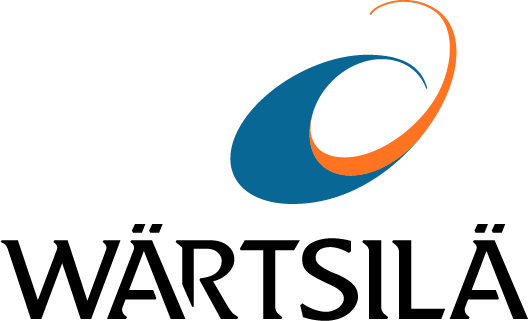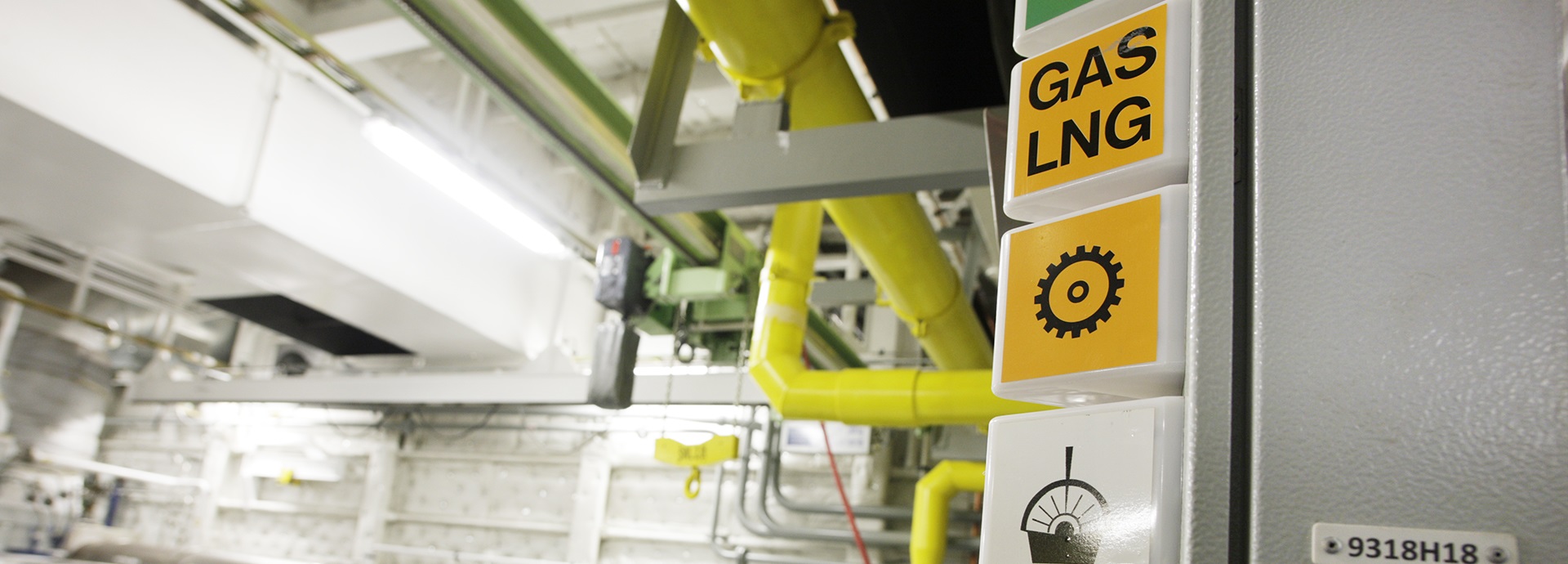
Podcasts

This podcast was generated with AI based on a human-written text (the Source text further down on the page). The list of key takeaways was generated with the help of AI based on the same, human-written text.
Key takeaways
Operating engines at optimal load is one fundamental strategy for cutting methane emissions.
- Engine load has a direct effect on methane emissions. Because combustion is less complete at lower engine loads, there will be more methane slip at low loads.
- Hybrid systems maintain optimal engine load even when vessel speed or required propulsion power varies. Combined with energy storage, these systems can reduce emissions - and improve overall engine efficiency.
- Optimisation technologies help minimise methane slip. When optimal engine load is not possible and low-load operations unavoidable, skip firing technology balances cylinder loads. Engine part-load optimisation solutions are available for both four-stroke and two-stroke engines.
Source text
Three fascinating ways you can avoid low loads and reduce methane slip
Methane slip is another name for the unburnt methane that escapes into the atmosphere from vessel engines that use LNG as fuel. To reduce methane slip it is important to avoid operating at low loads. Why is that? And what are the best ways to optimise engine load and maximise performance in LNG-powered vessels?
At lower engine loads, such as when vessels are manoeuvring in or near ports, the combustion process is less efficient, leading to incomplete combustion of methane. This inefficiency results in higher methane slip. In other words, methane slip decreases as engine load increases. So, a smart way to reduce methane slip is to operate your vessel’s engines as much as possible at optimum load.
Operating for a long time at low loads reduces engine performance and brings with it the risk of possible issues caused by knocking. This is where the peak of the combustion process no longer occurs at the optimal moment.
Here are three smart ways to avoid increased emissions and reduced performance – even when you are slowing down when entering a port and need less power for propulsion:
1. Install a hybrid system
One of the best ways to optimise engine performance and minimise methane slip at low engine loads is to install a hybrid propulsion system. A hybrid system combines a conventional engine with an energy storage system, allowing the engine to run at optimal load while the battery balances fluctuations in power demands.
A hybrid system provides several benefits:
- Lower fuel consumption and costs – hybrid vessels can reduce fuel consumption by 15–25%compared to conventionally powered vessels
- Reduced greenhouse gas emissions, including methane slip – when your vessel burns less fuel, it produces fewer emissions
- Improved engine performance – operating your vessel’s engine at optimal loads improves engine performance
- Reduced maintenance needs – a hybrid system will minimise wear and tear on your engine, so your maintenance costs will be lower
Operators have seen significant improvements with hybrid systems, achieving up to a 50% reduction in engine running hours thanks to automation and optimised power management.
2. Optimise route and speed with smart planning
Modern route-planning systems use real-time weather forecasts to show the optimal route, helping ships to sail efficiently while maintaining constant power output. This helps to ensure combustion is always at the optimal temperature and maintains the best possible specific fuel consumption (SPFC) by minimising the need to change speed because of the wind or currents.
By optimising the route and speed, vessels can significantly reduce fuel consumption and associated emissions while still arriving safely and on time.
3. Adopt low-load optimisation solutions
In case a hybrid solution feels too overwhelming for your existing vessel, Wärtsilä’s low-load optimisation package for four-stroke engines also helps to reduce methane slip and other emissions when operating at low loads. This technology is particularly useful during harbour operations such as loading and unloading cargo, where engines often run at lower loads.
The solution, which is also known as skip firing, actively balances the load across each engine cylinder. This improves overall engine efficiency and reduces emissions, including methane slip.
Wärtsilä also offers an engine part-load optimisation solution for vessels with two-stroke engines.
So, avoid low engine loads with one or many of these tactics and you can reduce emissions and maintenance need.